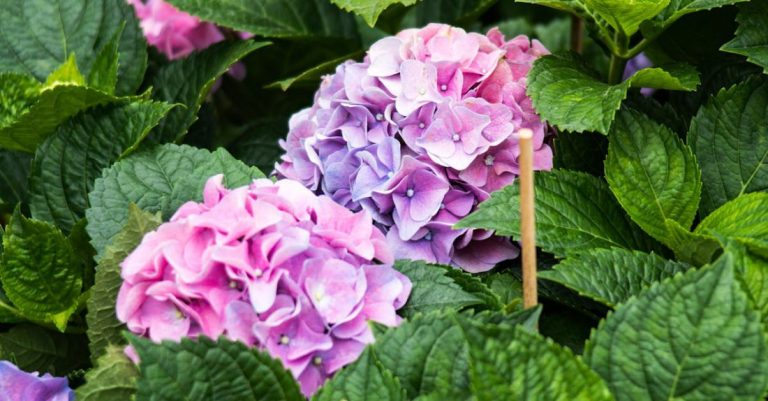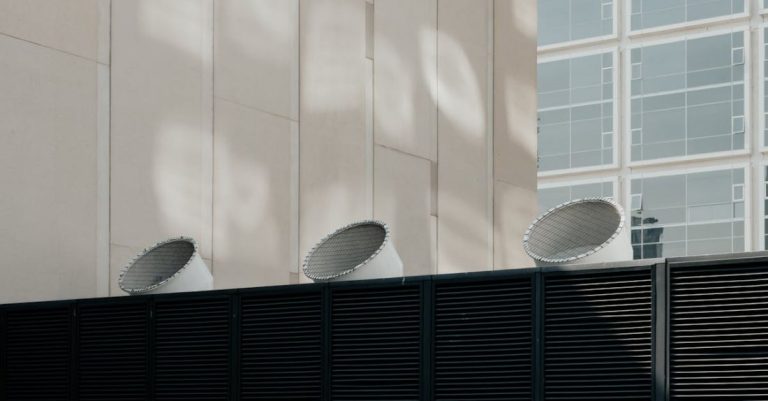
Gardening enthusiasts are increasingly turning to no-till gardening as a sustainable and effective method to improve soil health and reduce the labor-intensive aspects of traditional gardening. No-till gardening involves minimal disturbance to the soil structure, allowing for a more natural ecosystem to thrive. By following some key principles and techniques, you can create a thriving no-till garden that promotes healthier soil, higher crop yields, and a more environmentally friendly approach to gardening.
**Understanding No-Till Gardening**
No-till gardening is a practice that focuses on preserving the soil structure and its beneficial microorganisms by avoiding the disruption caused by tilling. Tilling can disrupt the soil’s natural structure, leading to erosion, compaction, and the loss of essential nutrients. In a no-till garden, organic matter is left on the surface to decompose naturally, enriching the soil and creating a healthy environment for plants to grow.
**Building Healthy Soil**
The key to successful no-till gardening lies in building and maintaining healthy soil. Start by testing your soil to determine its pH level and nutrient composition. This will help you understand what amendments may be needed to improve soil fertility. Adding compost, aged manure, and organic matter to your soil will increase its nutrient content and improve its structure, creating a fertile environment for plants to thrive.
**Mulching for Moisture Retention**
Mulching is an essential practice in no-till gardening as it helps retain moisture, suppress weeds, and regulate soil temperature. Organic mulches such as straw, leaves, grass clippings, or wood chips can be applied to the soil surface to help retain moisture and provide a habitat for beneficial organisms. Mulching also helps prevent soil erosion and compaction, creating a healthy environment for plant roots to grow.
**Companion Planting for Pest Control**
Companion planting is a natural way to control pests and promote biodiversity in your garden. By planting a variety of companion plants that attract beneficial insects or repel pests, you can reduce the need for chemical pesticides. Some popular companion planting combinations include planting marigolds to deter nematodes, basil to repel insects, and dill to attract pollinators. Experiment with different combinations to find what works best for your garden.
**Crop Rotation for Soil Health**
Crop rotation is a traditional practice that can benefit both traditional and no-till gardens. By rotating crops each season, you can help prevent the buildup of pests and diseases in the soil while improving soil fertility. Different plants have different nutrient requirements, so rotating crops can help maintain a healthy balance of nutrients in the soil. Consider planting nitrogen-fixing cover crops like clover or legumes in between your main crops to help replenish nutrients in the soil.
**Harvesting and Replanting**
When it comes time to harvest your crops, be sure to leave the roots in the soil to decompose naturally. This process adds organic matter back into the soil, enriching it and improving its structure. After harvesting, consider planting cover crops to protect the soil during the off-season and provide additional nutrients when they are turned back into the soil. Cover crops like winter rye, clover, or vetch can help improve soil health and prepare it for the next growing season.
**Maintaining Your No-Till Garden**
Regular maintenance is key to the success of your no-till garden. Monitor soil moisture levels, weed regularly, and observe plant health to address any issues promptly. Avoid walking on the soil to prevent compaction and use raised beds or pathways to access your plants without disturbing the soil. By following these practices and staying attentive to your garden’s needs, you can create a thriving no-till garden that promotes soil health and sustainable gardening practices.
**In Summary**
Creating a no-till garden requires a shift in mindset from traditional gardening practices, but the benefits to soil health and plant growth are well worth the effort. By focusing on building healthy soil, mulching for moisture retention, companion planting for pest control, crop rotation, and regular maintenance, you can create a thriving garden that promotes biodiversity and sustainability. Embrace the principles of no-till gardening and enjoy the benefits of a healthy, vibrant garden that supports both you and the environment.





